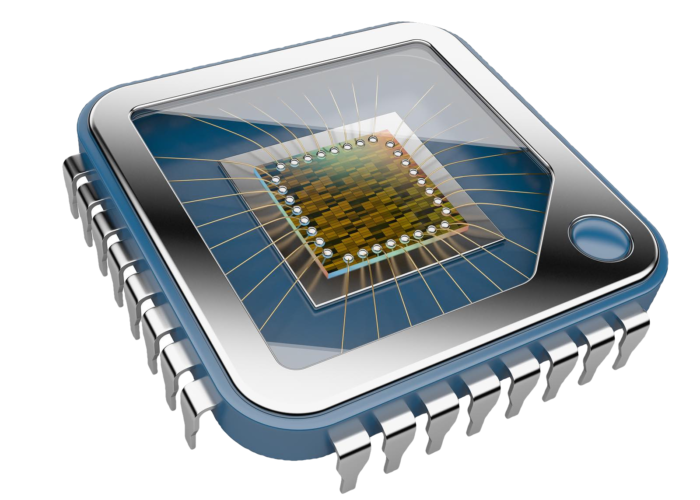S9013 Transistor: Features and Specifications
The S9013 transistor is a PNP bipolar junction transistor (BJT) with the following features and specifications:
-
Low power transistor: The S9013 transistor is designed to operate with low power consumption, making it suitable for low-voltage applications.
-
PNP bipolar junction transistor: The S9013 transistor is a PNP type transistor, meaning that it is a current-controlled device that operates with holes as the charge carriers.
-
Low collector-emitter saturation voltage: The S9013 transistor has a low collector-emitter saturation voltage, which is the minimum voltage required to maintain the transistor in its saturation region.
-
High DC current gain: The S9013 transistor has a high DC current gain, which is the ratio of the collector current to the base current.
-
Maximum power dissipation: The S9013 transistor has a maximum power dissipation of 625mW, which is the maximum amount of power that the transistor can safely dissipate without being damaged.
Maximum collector-emitter voltage: The S9013 transistor has a maximum collector-emitter voltage of 40V, which is the maximum voltage that can be applied across the collector-emitter junction without causing breakdown.
Overall, the S9013 transistor is a versatile and reliable transistor that is suitable for a wide range of applications in electronics. Its low power consumption, high DC current gain, and low collector-emitter saturation voltage make it ideal for low-voltage amplification and switching circuits. Its maximum power dissipation and maximum collector-emitter voltage ensure its proper operation and protection from damage.
How to Use S9013 Transistor
Steps to use S9013 transistor
Step1. Identify the application: Determine the specific function that the S9013 transistor will perform in your circuit, such as amplification, switching, voltage regulation, or oscillator.
Step2. Choose the appropriate circuit configuration: Select the circuit configuration that suits your application, such as common-emitter, common-base, or common-collector.
Step3. Determine the operating parameters: Identify the operating parameters of the circuit, such as the input and output voltages, the maximum current, and the operating frequency.
Step4. Calculate the required component values: Calculate the values of the resistors, capacitors, and other components required for your circuit, based on the operating parameters and the selected circuit configuration.
Step5. Assemble the circuit: Assemble the circuit on a breadboard or PCB, following the schematic diagram and component values calculated in the previous steps.
Step6. Test the circuit: Test the circuit to verify that it operates correctly and meets the design specifications. Use an oscilloscope, multimeter, or other test equipment to measure the input and output signals and verify that they are within the desired range.
Step7. Optimize the circuit: Fine-tune the component values and circuit parameters to optimize the performance of the circuit, such as improving the gain, reducing distortion, or increasing the efficiency.
Step8. Integrate the circuit: Once the circuit has been tested and optimized, integrate it into your overall electronic system, following the appropriate standards and guidelines for safety, reliability, and performance.
Comparison S9013 with other transistors
>Comparison of S9013 transistor with other PNP transistors
The S9013 transistor is a PNP bipolar junction transistor (BJT) that is commonly used in low-power amplification and switching applications. Here is a comparison of the S9013 transistor with two other popular PNP transistors, the BC557 and 2N3906:
BC557: The BC557 is a general-purpose PNP transistor that is similar to the S9013 in terms of its maximum collector current and power dissipation. However, the BC557 has a higher maximum collector-emitter voltage of 45V, which makes it more suitable for applications that require higher voltage levels. The BC557 also has a slightly lower DC current gain than the S9013, which can affect its performance in certain amplification circuits.
2N3906: The 2N3906 is another general-purpose PNP transistor that is commonly used in switching and amplification applications. Compared to the S9013, the 2N3906 has a lower maximum collector current and power dissipation, which limits its use in high-power applications.
However, the 2N3906 has a higher maximum collector-emitter voltage of 40V, which makes it more suitable for applications that require higher voltage levels. The 2N3906 also has a higher DC current gain than the S9013, which can make it more suitable for certain amplification circuits.
>Comparison of S9013 transistor with NPN transistors
The S9013 transistor is a PNP bipolar junction transistor (BJT), while NPN BJTs are another popular type of bipolar transistor. Here is a comparison of the S9013 transistor with two popular NPN transistors, the BC547 and 2N2222:
BC547: The BC547 is a general-purpose NPN transistor that is similar to the S9013 in terms of its maximum collector current and power dissipation. However, the BC547 has a lower maximum collector-emitter voltage of 45V, which limits its use in applications that require higher voltage levels. The BC547 also has a slightly higher DC current gain than the S9013, which can affect its performance in certain amplification circuits.
2N2222: The 2N2222 is another general-purpose NPN transistor that is commonly used in switching and amplification applications. Compared to the S9013, the 2N2222 has a higher maximum collector current and power dissipation, which makes it more suitable for high-power applications.
However, the 2N2222 has a lower maximum collector-emitter voltage of 30V, which limits its use in applications that require higher voltage levels. The 2N2222 also has a higher DC current gain than the S9013, which can make it more suitable for certain amplification circuits.




![[guide] s9013 npn transistors: datasheet, pinout and equivalents](http://pafosklub.ru/wp-content/uploads/c/4/0/c40d2bc0de0e41d225ba96e1b611333c.jpeg)



















![[guide] s9013 npn transistors: datasheet, pinout and equivalents - technical news - veswin electronics](http://pafosklub.ru/wp-content/uploads/1/e/f/1ef5899000d9ad94ad1d9363cce3ec19.gif)


